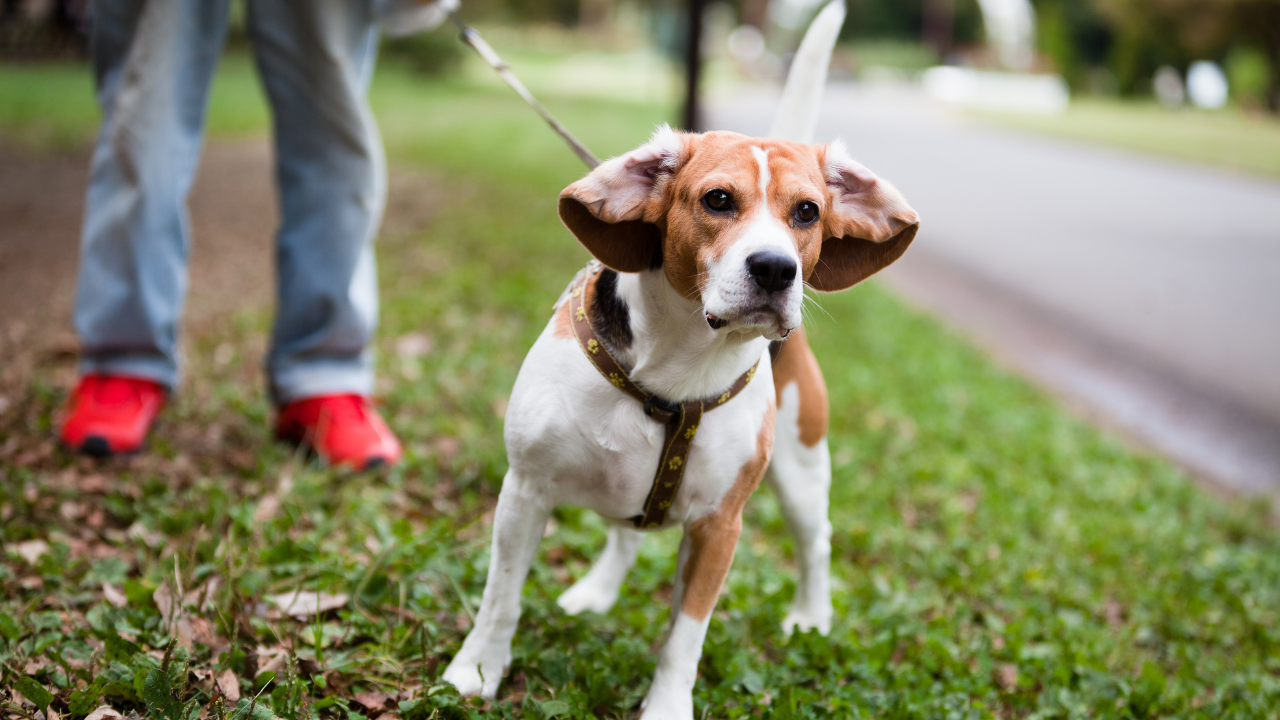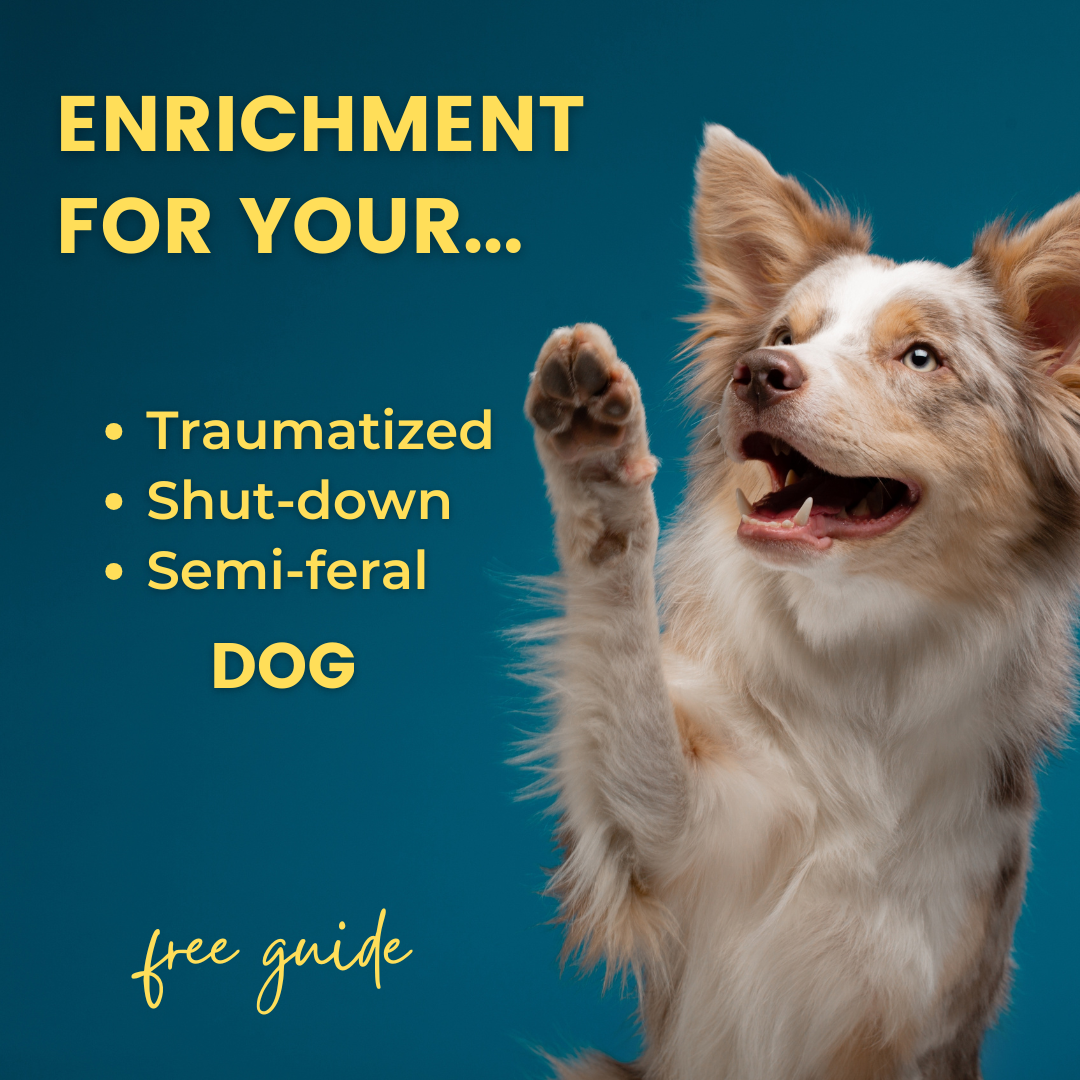Fostering a Leash-Reactive Dog
Jun 20, 2022
June is Foster a Pet month, and I'll be talking about foster dog-related topics all month. This week, I'm talking about what to do if you are fostering a leash-reactive dog (a dog who barks and lunges at things on walks.)
What Is "Leash Reactivity"?
Dogs who are "leash-reactive" growl, bark, and/or lunge when they see people, animals, or vehicles out on walks. The most common targets of this behavior are other dogs, strangers walking by, joggers, cars, bikes, and skateboarders.
There is no universal answer to "Why is this dog leash-reactive?". Some dogs might find the dogs, people, or vehicles moving away from them reinforcing. And when you're out walking, it's inevitable that pedestrians, other dogs, and vehicles will move away from your dog, whether or not they bark and lunge. Other dogs might occasionally get to approach and sniff another dog or person after lunging or barking, and that access to the "trigger" of their reactive behavior could be reinforcing it.
Should A Foster Family Walk A Leash-Reactive Dog?
When deciding whether to walk a leash-reactive dog, the first thing to consider is public safety and the rescue's potential liability. If the dog has a bite history, or is lunging and snapping at people or animals, or is very strong, it might be safest to recommend that the foster family just exercise the dog in their yard or indoors. There are a number of alternatives to walks that the foster family can use to provide exercise and enrichment.
There's also a good chance that the foster dog's reactive behavior will be strengthened if the foster dog continues to go on walks and react to things, unless the foster family has been taught how to avoid this problem.
Walking a leash-reactive dog can be a stressful experience for both the human and the dog. Retaining good foster homes can be difficult for rescues, so the wear and tear on the foster parents is another important consideration when deciding whether they should walk a leash-reactive foster dog.
If you're fostering a dog on your own, without the support of a rescue organization or shelter, the liability and stress is all yours! So take time to consider the pros and cons of walking your foster dog.
If You're Going To Walk A Leash-Reactive Foster Dog
If you've decided that a leash-reactive foster dog should be taken on walks, here are some key considerations:
- Walking and safety gear: The rescue should provide the foster home with a well-fitted harness, and ideally a back-up piece of equipment like a martingale collar, so that two leashes can be used if needed. You'll also want a way to carry treats, and possibly deterrents in case you run in to loose dogs. If the dog is a bite risk, a muzzle should be used.
- Walk in quiet times and locations: To minimize reactive behavior on walks, choose "off" times to walk (like during the work day or very early in the morning). Industrial parks, cemeteries, or rural areas can be good walking locations for reactive dogs, as long as human and dog traffic is minimal.
- Training!: If a foster family is going to walk a leash-reactive dog, they should receive training in, at minimum, proper fitting and use of walking gear, leash handling, and treat and toy use. Our online reactive dog course is a good option for this. Beyond these basics, training behaviors like "Find it" and "Let's go" can be very helpful.
In honor of Foster a Pet Month, we're offering a 20% discount on our Scent Work class, the Reactive Dog Survival Guide course, Healthy Smiles toothbrushing course, our monthly training membership, and one-on-one initial assessments. Use the code "RESCUE20" when checking out.



